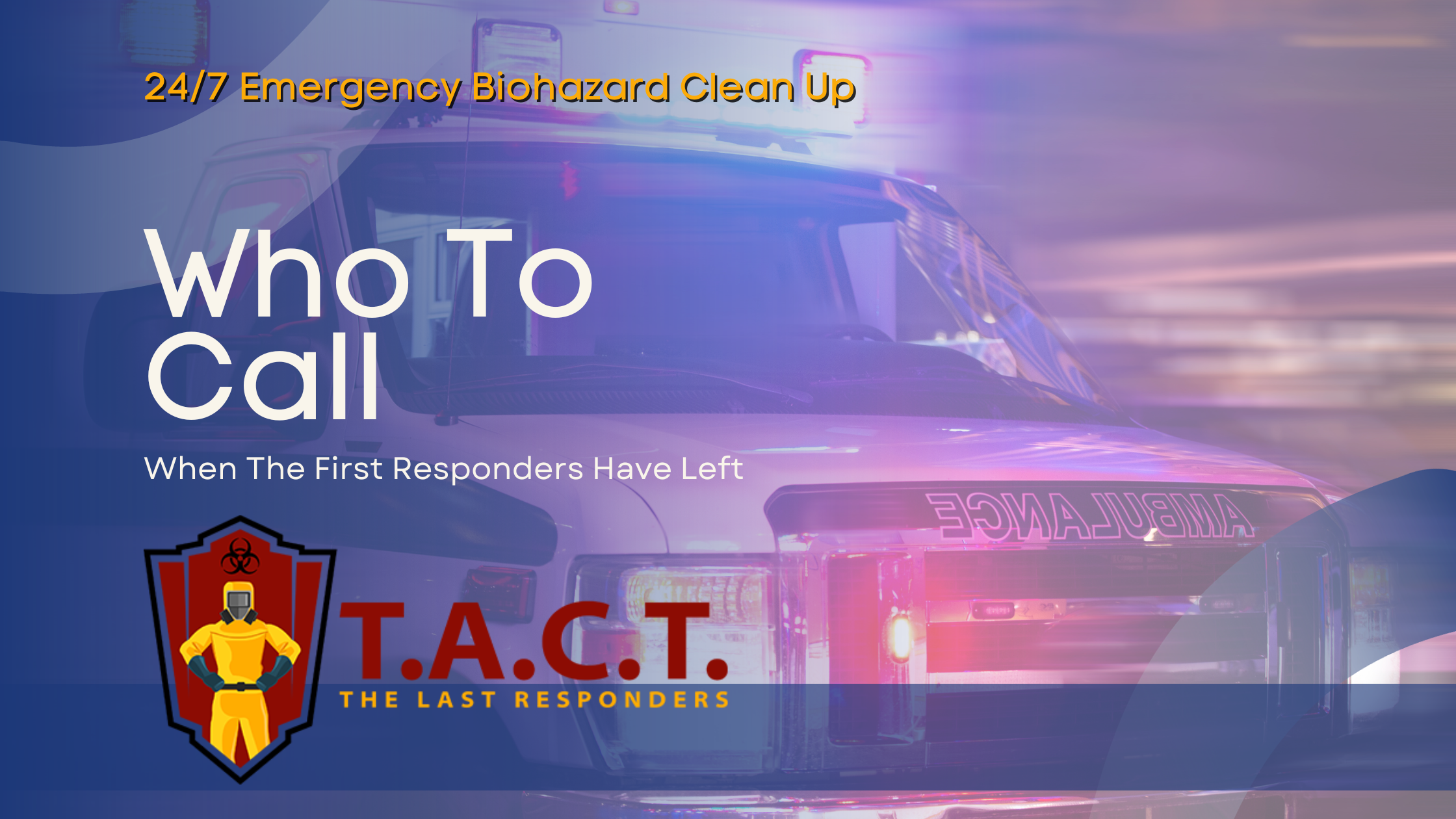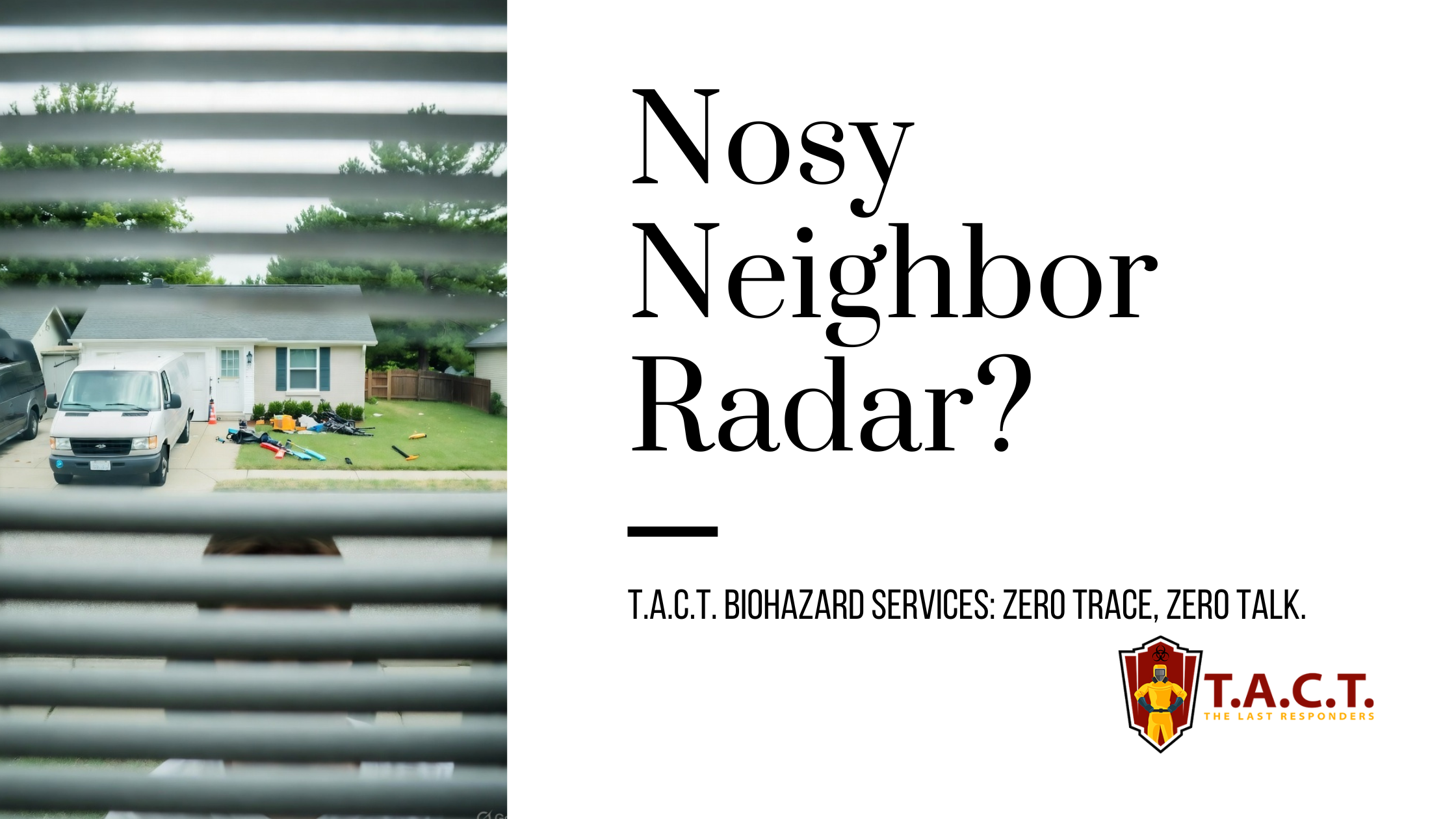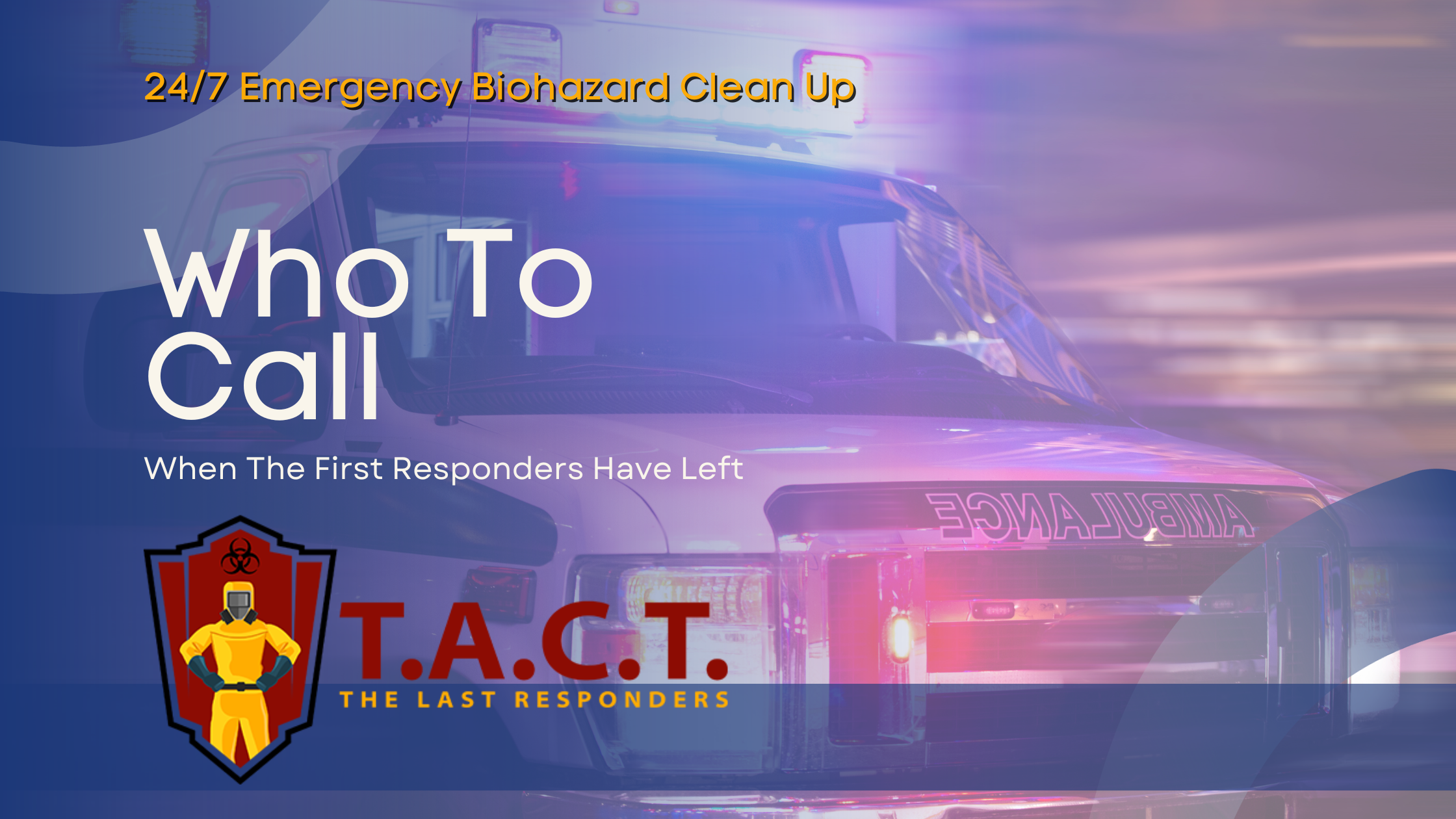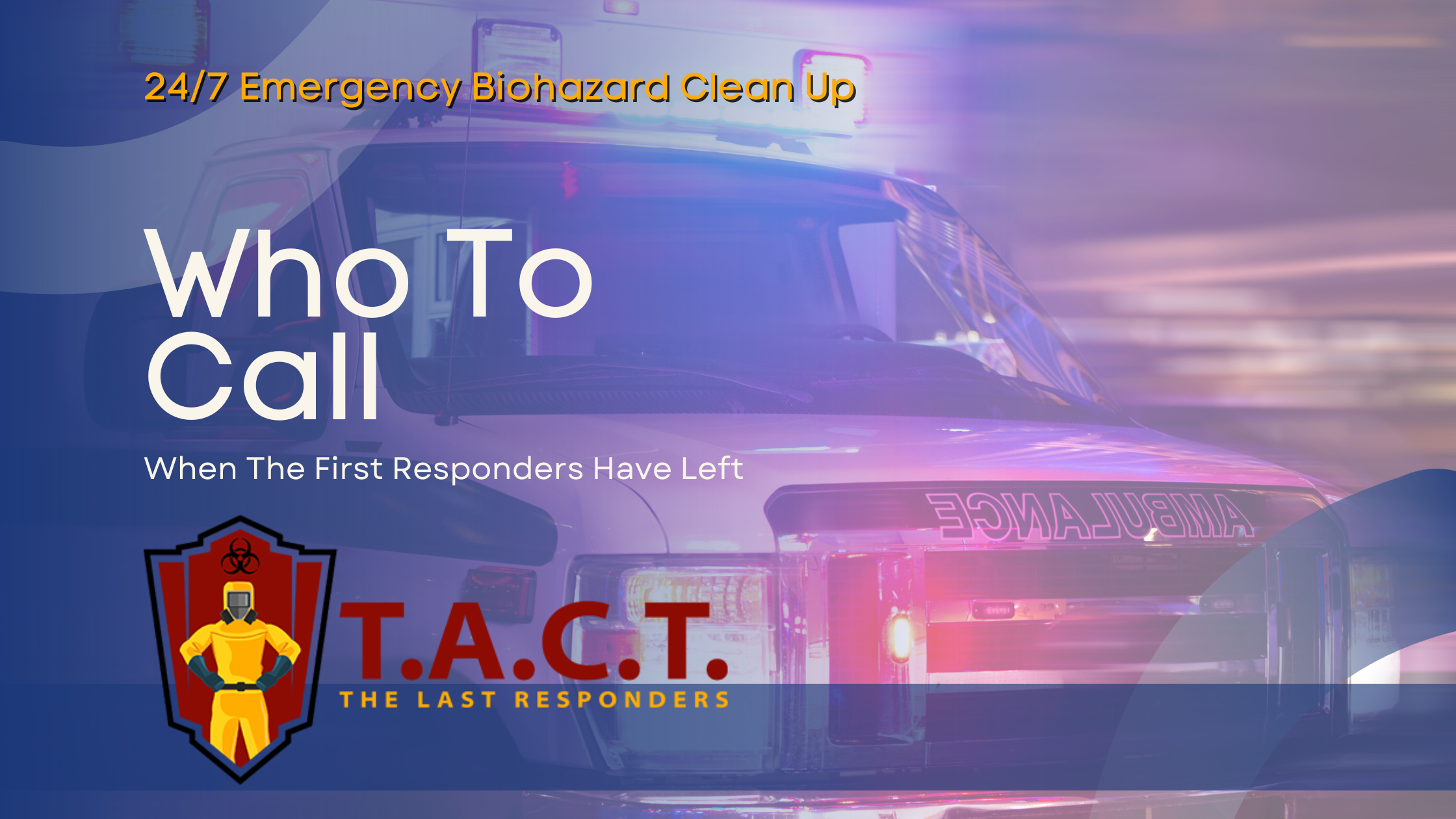understanding the challenges of hoarding disorder

Understanding the Challenges of Hoarding Disorder and Hoarded Houses
Hoarding isn’t just about accumulating too much stuff. It’s a complex mental health issue that can quietly overtake a person’s entire house, filling every room with clutter and making living spaces inaccessible. The accumulation often includes large amounts of junk, and individuals with hoarding disorder may struggle to distinguish between valuable possessions and worthless items. Strong emotions are deeply involved, making it extremely difficult to part with belongings. In some cases, hoarding can also involve animals, leading to additional health and sanitation hazards from pet hair, dander, urine, and feces. All of these factors contribute to a significant safety risk, affecting the well-being of the individual and others in the home. Learning to recognize, understand, and address hoarding disorder is a critical step toward helping those affected reclaim their lives and spaces.
This guide explores the realities of hoarding disorder—from what causes it, to its impact on individuals and their families, to actionable next steps for those seeking support. By the end, you’ll have a deeper understanding of this issue and know how to seek or provide help with compassion and expertise.
Unpacking Hoarding Disorder
What Hoarding Disorder Really Means
Hoarding disorder affects people of all ages and backgrounds. Unlike casual clutter, it involves a persistent difficulty discarding items, even those without practical value. Over time, belongings pile up in every available space, creating what’s often called a “hoarder house.” This is not simply the result of untidiness or laziness; it’s a mental health condition often linked to anxiety, depression, trauma, or family history. Unlike a well-organized and curated collection, which is carefully stored and displayed, hoarding disorder results in disorganized hoards that are messy and inaccessible.
Key characteristics of hoarding disorder include:
An overwhelming urge to save items, regardless of value
Hoarders often believe their possessions are valuable, even if others see them as worthless
Distress at the thought of discarding things
Living spaces so cluttered that rooms can’t be used for their intended purpose
Hoarding can escalate to severe cases where essential areas like kitchens, bathrooms, and exits become inaccessible. For many, the disorder is isolating and deeply distressing, both for themselves and their loved ones. Hoarders are often driven by acquiring more items, accumulating possessions far beyond their ability to manage or organize.
Health Hazards in Hoarder Houses
The dangers of hoarder houses reach far beyond unsightliness or inconvenience. When extreme clutter takes over, it brings several serious risks: the accumulation of trash can lead to unsanitary conditions and attract pests, while piles of belongings may block exits, create tripping hazards, and contribute to structural and safety issues. Excessive accumulation can even threaten the physical structure of the home, increasing the risk of damage or collapse.
Fire Hazards
Hoarder houses often contain vast amounts of flammable materials, such as:
Cardboard boxes
Newspapers and magazines
Stacks of clothing
These materials can create fire hazards that endanger not only the resident but also neighbors and rescue personnel. Blocked exits and hallways may make escape impossible in an emergency.
Structural Damage
Heavy stockpiles and ongoing neglect can lead to:
Damage to floors, walls, and ceilings from improper storage
Leaks and hidden water damage that go untreated
Health and Sanitation
Hoarded spaces are magnets for pests and pathogens. Rotting food is a common biohazard in hoarder houses, attracting insects and rodents and creating unsanitary conditions. The presence of animals in these environments can worsen sanitation and health risks, as pet hair, dander, urine, and feces accumulate. Accumulated food waste, pet droppings, mold, and even human feces can introduce dangerous bacteria. Factors like mold, dust, and animal waste contribute to respiratory and other health problems. Air quality plummets, exposing occupants to:
Respiratory problems from dust, dander, and mold
Viruses and diseases spread by rodents and insects
Emotional and Mental Health Toll
Living amid extreme clutter can worsen anxiety, depression, and feelings of helplessness. It often leads to embarrassment, isolation, and family strife. During the cleanup process, it is crucial to prioritize the well being of the individual to support their mental and emotional health.
Why Does Hoarding Happen? Understanding Behavior
Hoarding doesn’t have a single cause. It results from a complex mix of psychological, emotional, and situational factors. Trouble managing possessions can be an early indicator of hoarding disorder.
Common Triggers and Motivations
Some people hoard because of deep sentimental value attached to objects, a drive to avoid waste, or a fear they might need items later. In some cases, items are acquired over time—sometimes intentionally as part of a collection, and other times compulsively, as seen in hoarding. Others are responding to trauma, loss, financial stress, or sudden life changes.
Key triggers include:
Death of a loved one or pet
Divorce or relationship breakdown
Losing a home or moving to a new environment
Financial hardship
Often, hoarding acts as a coping mechanism, offering a sense of control or comfort in turbulent times. Unfortunately, the relief is temporary, while the fallout grows.
Difficulty Discarding and Emotional Attachment
A core feature of hoarding disorder is the emotional struggle with discarding, as many individuals find it extremely difficult to get rid of items, even those with no apparent use or value. Even items with no apparent use or value feel essential. The thought of letting go causes distress, leading to avoidance and further accumulation.
Signs and Symptoms
How can you tell if hoarding is a problem rather than simple collecting or clutter? When looking for signs of hoarding disorder, it's important to describe the specific signs and symptoms that set it apart from ordinary mess or collecting.
Warning signs include:
Excessive accumulation of items with no clear use
Spaces (e.g., beds, kitchen counters, sinks) becoming unusable due to clutter
Persistent indecision about what to keep or discard
Intense distress at the thought of letting things go
Avoiding visitors due to shame or embarrassment
Hoarding disorder disrupts daily life—from cooking and cleaning to paying bills and maintaining hygiene. If left unaddressed, it can snowball into far more severe risks.
The Ripple Effects on Families and Communities
Hoarding disorder rarely affects only the individual. Families and entire communities feel its impact, and supporting a family member with hoarding disorder can be especially challenging, often requiring sensitivity and professional guidance.
Strained Relationships and Social Isolation
Family members may struggle to understand the behavior and sometimes feel frustration, embarrassment, or helplessness. This can lead to:
Tense home environments and frequent arguments
Shame and withdrawal from social circles
Children or spouses living in unsafe or unhealthy conditions
Community and Legal Impact
Hoarder houses can reduce neighborhood property values, create fire and health hazards for adjacent properties, and sometimes trigger:
Complaints or intervention from local authorities
Risk of eviction, fines, or child protective services involvement
These properties can pose significant dangers to neighbors and the community, including increased risk of pests, structural damage, and public safety concerns.
The effects are far-reaching, underscoring the need for a supportive and professional response.
Cleaning and Organizing a Hoarder House
Restoring safety and order to a hoarder house is a delicate process. It requires balancing empathy for the individual’s emotional state with urgent action to address health and safety risks. To successfully deal with both the emotional and logistical challenges, it is important to recognize that clutter interferes with the ability to restore a safe and organized environment. The cleanup is not just a task, but an act of compassion and support that helps the individual reclaim their space and well-being.
Principles for Cleaning and Organizing
Work With, Not Against, the Individual
Gain trust and involve the person in decisions
Acknowledge their attachment to possessions
Assess and Prioritize Safety
Identify immediate hazards like blocked exits, spoiled food, or pest infestations
Secure clear pathways and remove biohazards first, as excessive clutter can make it difficult to carry out daily activities and move safely within the home.
Break the Job Into Steps
Tackle small areas at a time to reduce overwhelm
Offer frequent breaks and emotional support
Sort, Discard, and Organize
Use clear categories (keep, donate, discard, recycle)
Celebrate small victories to encourage continued progress
Set Realistic Goals
Expect setbacks and be patient
Focus on steady progress rather than perfection
Seeking Professional Assistance
Sometimes, intervention by professional organizers, biohazard cleaning teams, or therapists is essential. These professionals can help address not only the physical cleanup but also the underlying hoarding problem by providing strategies and support to change thought patterns and behaviors. Trained specialists can:
Safely dispose of hazardous materials
Guide families through emotional obstacles
Provide resources and referrals for mental health support
Supporting Recovery and Preventing Relapse
Clearing a hoarder house is only part of the solution. Addressing the root causes and supporting ongoing change are critical, especially since many hoarders face emotional and psychological challenges such as anxiety and distress during the recovery process.
The Role of Family and Friends
Support from loved ones makes a big difference. They can:
Encourage treatment and participation in support groups
Offer companionship rather than judgment
Help maintain new habits by checking in regularly
Professional Resources
Effective recovery often involves ongoing therapy, counseling, or support groups specialized in hoarding disorder. These resources help individuals:
Build skills for decision-making and organization
Learn to manage stress and anxiety
Reconcile with loss or trauma
Community and Online Support
For many, joining a group of people with similar experiences eases isolation and provides practical advice. Both in-person and online support communities are widely available, offering ongoing connection and understanding.
Pathways to a Safer, Healthier Home
Overcoming hoarding disorder takes time, empathy, and the right support. The road is challenging, but recovery and safety are possible.
Families and individuals dealing with hoarder houses should remember:
Hoarding is a treatable mental health condition. Compassionate support and professional intervention can make a profound difference.
The process of cleaning and organizing a hoarder house should prioritize safety, mental health, and respect for the individual’s emotional needs.
Building a supportive network—including family, therapists, and community groups—is key to long-term success.
If you or someone you know is struggling with hoarding disorder, seeking help is the first and most important step. Trusted professionals are available to guide you through each stage, from cleaning and safety, to recovery and prevention. Together, we can transform even the most challenging environments into spaces that are safe, healthy, and restoring for everyone involved.
Meta data
Meta title
Understanding Hoarding Disorder and the Risks of Hoarder Houses
Meta description
Learn how hoarding disorder affects individuals and families, its risks, signs, and steps to safely clean and support recovery in a hoarder house.
Latest news

Nosy neighbors peeking? T.A.C.T. North Atlanta offers discreet biohazard remediation for rodent infestations, mold, hoarding, and more. Unmarked vehicles, quiet experts, full privacy—24/7 service at 470-781-4775.
Read More

